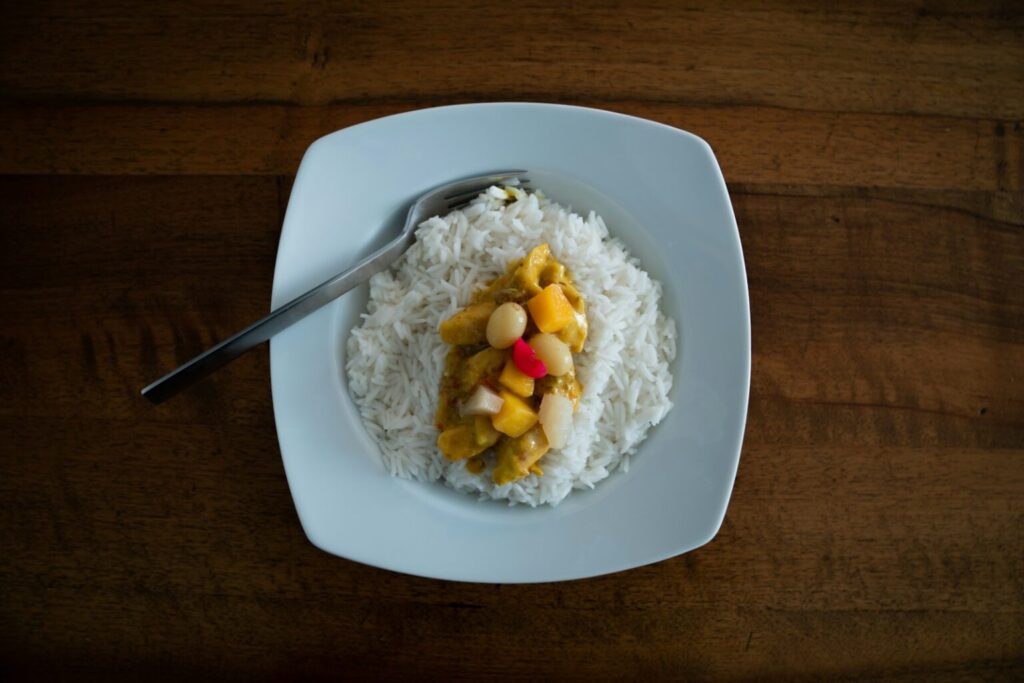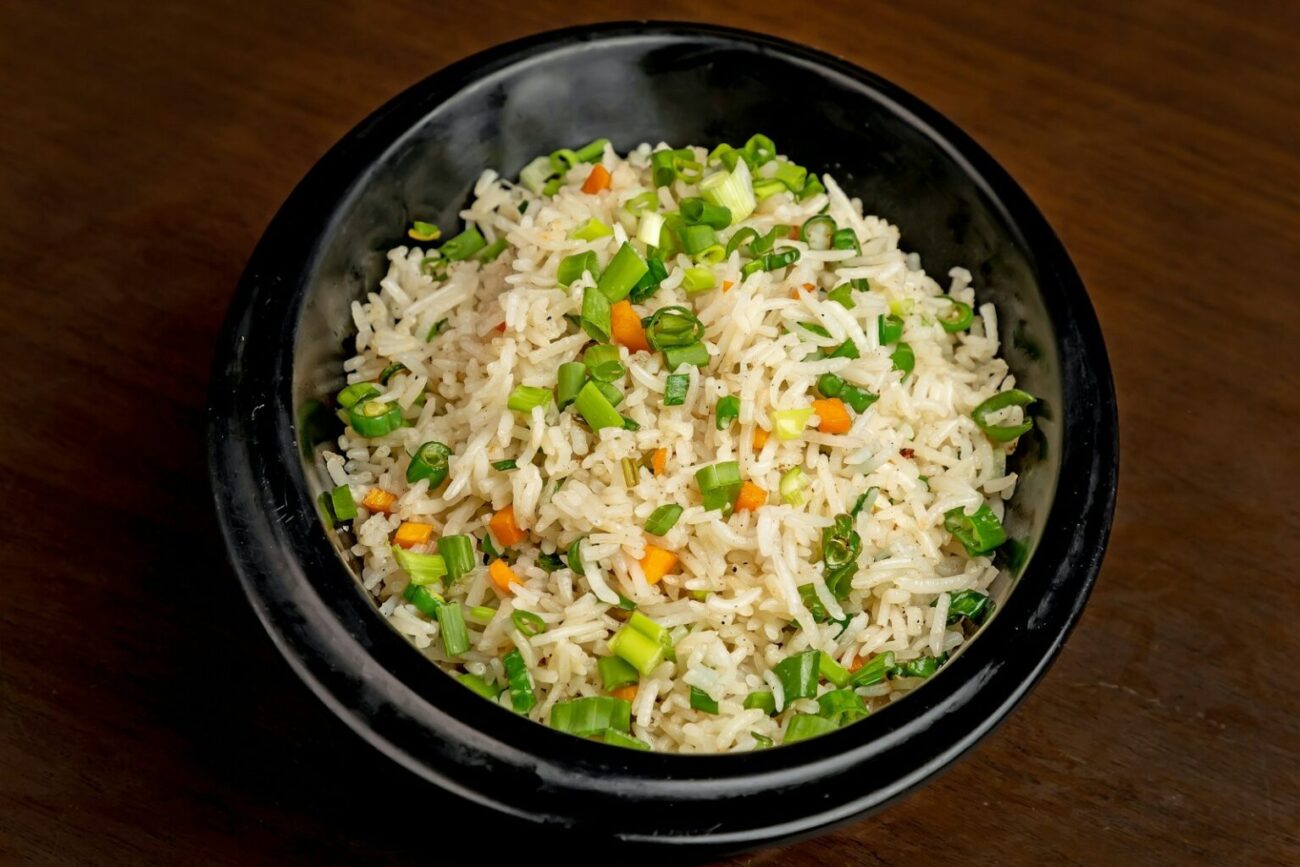The Rice Diet is a medically supervised eating plan that first gained popularity in the 1940s, originally developed at Duke University by Dr. Walter Kempner. It was designed primarily to treat hypertension and kidney disease before the advent of modern pharmaceuticals.
While it has evolved over the years, the core principles remain rooted in a high-carbohydrate, low-fat, low-sodium, and low-protein regimen—centered around one humble ingredient: rice.
In this post, we’ll explore what the Rice Diet consists of, who may benefit from it, and who should approach it with caution.
What the Rice Diet Consists Of
Despite its name, the Rice Diet includes more than just rice. However, rice is the staple foundation around which the diet is structured.
Core Components:
- White rice or brown rice – Usually low-sodium and served in small portions.
- Fruits and vegetables – Fresh or cooked, typically with no added salt or fat.
- Legumes (limited) – Beans, lentils, and peas may be included in moderate amounts.
- Dairy (optional and limited) – Fat-free milk or yogurt may be used sparingly.
- Low sodium – The diet restricts sodium intake to help control blood pressure.
- Low protein and fat – Protein is usually restricted to prevent kidney stress; fats are minimized or eliminated.
A Typical Day on the Rice Diet Might Look Like:
- Breakfast: Cooked rice with fruit and a small amount of skim milk.
- Lunch: Rice, steamed vegetables, and fruit.
- Dinner: Rice and a small portion of beans or vegetables.
This plan is extremely low in calories, often ranging from 800 to 1200 calories per day in its strictest form.
Goals and Health Benefits
The Rice Diet aims to:
- Reduce blood pressure
- Promote weight loss
- Improve kidney function
- Lower cholesterol
- Improve insulin sensitivity
Because of its simplicity and emphasis on whole, plant-based foods, many people have reported significant health improvements when following this diet under proper supervision.
Recommendations for Following the Rice Diet
- Start slowly: Begin by reducing salt, fat, and processed foods from your diet before transitioning fully to the Rice Diet.
- Choose brown rice when possible: Brown rice provides more fiber and nutrients than white rice.
- Hydrate properly: Drinking water is crucial, especially since the diet is low in sodium.
- Monitor your health: This diet is best done under the supervision of a healthcare provider, especially if you have chronic conditions.
- Incorporate light activity: Moderate exercise like walking or yoga can enhance results.
Contraindications: Who Should Avoid the Rice Diet?
The Rice Diet is not suitable for everyone. Its restrictive nature can lead to nutritional deficiencies if not carefully managed.
People who should avoid or modify this diet include:
- Those with diabetes or hypoglycemia: The high carbohydrate load can spike blood sugar levels.
- Individuals with eating disorders: The restrictive calorie count may worsen disordered eating patterns.
- Pregnant or breastfeeding women: They require higher calories and broader nutrition.
- Children or adolescents: Growing bodies need more protein and calories.
- People with certain chronic illnesses: Especially those requiring higher protein intake (e.g., cancer, certain autoimmune diseases).
Always consult a medical professional before beginning a diet as restrictive as the Rice Diet.

The Rice Diet can be a powerful tool for reducing blood pressure and promoting weight loss, especially for those with limited access to medications or looking for a natural approach. However, it’s not a one-size-fits-all solution. Due to its restrictive nature, it requires careful planning and medical supervision to ensure it’s safe and effective for your individual needs.
As with any diet, long-term sustainability and balance are key. While the Rice Diet may help reset your system, transitioning to a more varied whole-food, plant-based diet afterward may offer the best of both worlds—health benefits and nutritional adequacy.
Disclaimer: This post is for informational purposes only and does not constitute medical advice. Always consult with your healthcare provider before starting any new diet or health regimen.

